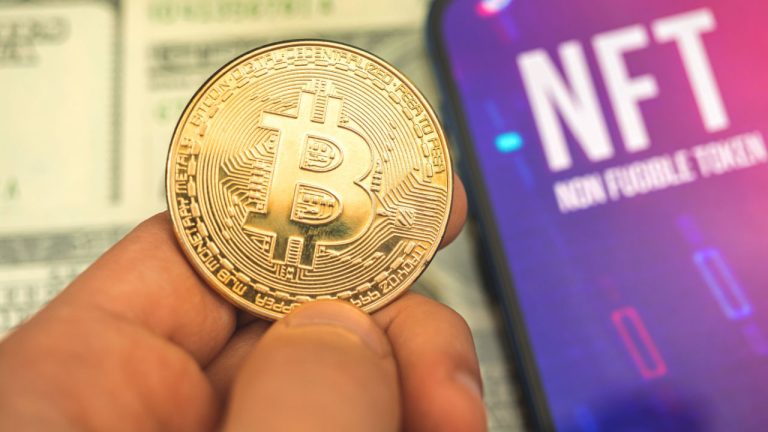
When Bitcoin soars into a bull market, skeptics cling to fear, uncertainty and doubt. Are you prepared to repel these FUD claims?
Since its inception, Bitcoin has faced relentless opposition fueled by fear, uncertainty and doubt, or FUD. Critics regularly denounce Bitcoin as volatile, unsustainable or a tool for crime.
These narratives resurface with every Bitcoin (BTC) bull market, often deterring newcomers. Dan Held, a prominent Bitcoin advocate, said, “Naysayers try to cope with missing the boat by rationalizing why it will fail through ‘Fear, Uncertainty, and Doubt.’” But how much truth do these arguments hold?
Once dismissed as a niche project, Bitcoin is now embraced by financial institutions, investors and even politicians. Yet skepticism persists, with critics questioning its intrinsic value, energy consumption and societal utility.









